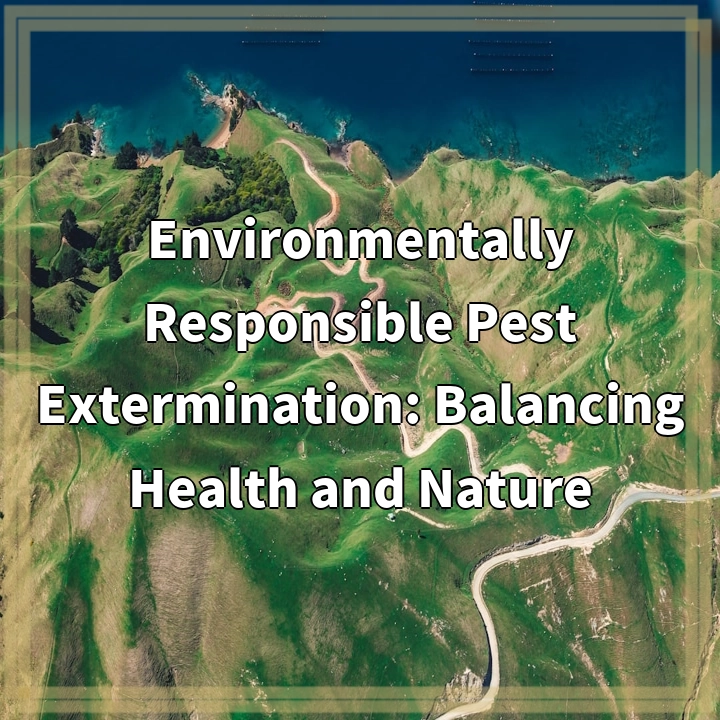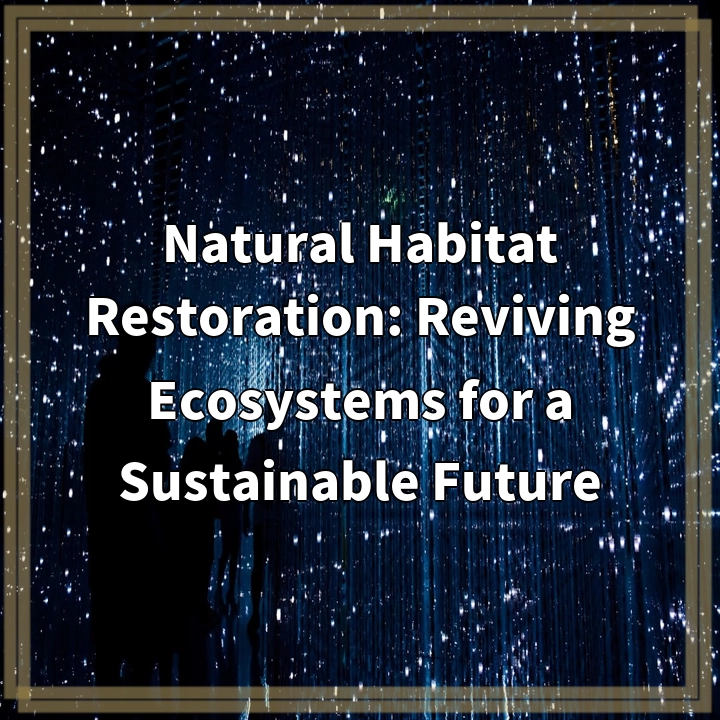
What it is:
Environmentally Responsible Pest Extermination refers to the methods and practices aimed at managing pest populations in a way that minimizes harm to the environment, human health, and non-target species. This approach emphasizes the use of integrated pest management (IPM) strategies, which combine biological, cultural, physical, and chemical tools in a way that is effective while reducing the reliance on harmful pesticides.
The Principles of Environmentally Responsible Pest Extermination
This pest management philosophy hinges on several core principles:
- Prevention: Implementing strategies to prevent pest infestations before they occur, such as improving sanitation, sealing entry points, and using pest-resistant plant varieties.
- Monitoring: Regularly inspecting areas for signs of pests to ensure that treatments are only applied when necessary.
- Use of Non-Toxic Methods: Utilizing natural predators, pheromones, or traps to manage pests without causing environmental harm.
- Targeted Treatments: Applying chemicals in a targeted and controlled manner only when absolutely necessary, opting for less harmful substances when possible.
Real-world problems
Despite the benefits of environmentally responsible pest extermination, there are several real-world challenges that can arise in its implementation:
1. Public Awareness and Acceptance
One of the primary challenges is a lack of public awareness regarding the benefits of environmentally responsible methods. Many individuals still believe that conventional pesticides are the most effective solution, often overlooking the lasting impacts of chemical exposure on health and ecosystems. Convincing homeowners and businesses to adopt alternative approaches can be an uphill battle.
2. Regulatory Hurdles
In many regions, regulations can complicate the use of non-toxic pest control methods. For instance, certain natural pesticides may not be permitted, or there may be insufficient regulatory support for IPM practices, hindering their widespread adoption.
3. Effectiveness of Alternative Methods
While environmentally responsible pest control methods can be highly effective, there are circumstances where traditional extermination techniques may appear more efficient. Striking a balance between effectiveness and safety is essential, and sometimes non-toxic methods require more time and patience to yield results.
4. Economic Factors
Cost can also play a significant role. For some pest control services, eco-friendly options can be more expensive upfront compared to conventional methods. This can deter consumers, particularly if they are unaware of the long-term savings that come from avoiding the use of harmful chemicals.
5. Limited Availability of Services
Lastly, environment-focused pest extermination services might not be readily available in all areas, leaving many people with few options. This limitation can lead to reliance on conventional pest control services, perpetuating the cycle of chemical use in pest management.

Solutions for Environmentally Responsible Pest Extermination
Addressing the challenges associated with environmentally responsible pest extermination requires a multifaceted approach that emphasizes education, regulation, accessibility, and community involvement. Below are effective solutions to enhance the adoption of environmentally friendly pest management practices.
1. Increase Public Awareness
Education campaigns can help raise awareness about the importance and benefits of environmentally responsible pest extermination. Informing the public about the long-term health and ecological advantages of using non-toxic methods can encourage more individuals to adopt these practices.
2. Advocate for Policy Changes
Working with policymakers to create regulations that support environmentally responsible pest control can facilitate its adoption. This includes promoting the use of sustainable pest management practices and ensuring that non-toxic alternatives are legally recognized and accessible.
3. Highlight Effectiveness and Benefits
Providing evidence and case studies that showcase the effectiveness of environmentally friendly pest management methods can help reassure consumers. Demonstrating successful outcomes can build trust and encourage homeowners and businesses to choose sustainable options.
4. Improve Accessibility and Affordability
To make environmentally responsible pest extermination more accessible, initiatives can be established to support small businesses that offer eco-friendly services. Financial incentives or subsidies can help reduce costs for consumers, making it easier for them to choose sustainable pest management options.
5. Foster Community Involvement
Engaging local communities in understanding the benefits of environmentally responsible pest extermination can lead to greater collective action. Workshops, seminars, and community outreach programs can empower residents to adopt IPM practices and share knowledge within their networks.















